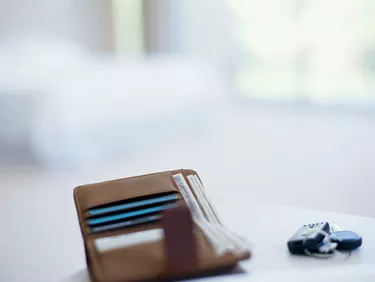
Little can be more gut-wrenching than going out to your car in the morning only to find your driveway empty. But repossession doesn't usually come as such a shock because you know you're behind with payments and your lender has probably been calling you or sending you correspondence. If your car is ultimately repossessed, you might be able to get it back in any number of ways, but you'll probably need access to some cash to do it.
Redeem the Vehicle
Video of the Day
Redeeming your vehicle is one possibility. This involves paying your loan off in full. Most lenders will require you pay the costs incurred in repossessing the vehicle as well. After the lender takes the car, it should immediately send you a notice detailing its terms for redemption. You usually have only a short period of time to act before the lender auctions off or sells the car. You may end up paying more than the vehicle is currently worth if it's depreciated since you bought it -- which it probably has.
Video of the Day
Reinstate the Loan
Depending on where you live, you might be able to reinstate your loan. This involves making up your past due payments with the lender, plus the costs of the repossession. You must stay on top of your payments going forward or risk going through the whole repossession ordeal again. Even if your state's laws don't provide this option, your contract with the lender might. Look it over or ask an attorney to review it for such an option. Do it quickly because you may not have more than a week or two to get the car back this way.
Buy the Car Back
Some states require lenders send you a notice of the date and location where a repossessed vehicle will be sold. If you can attend the sale -- often an auction -- you could buy the car back. Not all states allow this, but if yours does, you could end up paying less than your outstanding loan balance. Cars don't typically sell for top dollar at repo auctions.
File for Bankruptcy
A last ditch effort might be filing for bankruptcy, which can be a viable option if you're also behind with other bills. Chapter 13 bankruptcy involves entering into a court-supervised plan to repay your debts over a period of years. It allows you to include your past due car payments in these debts, so you can keep your car. Chapter 7 is a bit trickier because the trustee sells your property to raise money to pay your creditors. Normally, the only way you can fight a repossession in Chapter 7 is to file for bankruptcy before the vehicle is repossessed. A few narrow exceptions exist to this rule, so speak with an attorney. In most cases, you must catch up on the loan immediately, and you'll need the lender's agreement to reaffirm it, effectively taking it out of the bankruptcy proceedings.